Since mid-to-late September, due to the impact of international currency inflation, the prices of feed ingredients and auxiliary materials have continued to rise, domestic energy consumption “dual control”, environmental protection inspections, and factory-side capacity shortages have been affected by multiple factors, resulting in the successive prices of various veterinary drugs. Rising, which in turn triggered a surge in prices of related veterinary drug products. We will sort out the specific rising sectors and the preparation products whose prices are likely to be increased by manufacturers as follows:
1. β-lactams
(1) The industrial salt of penicillin potassium has increased greatly, and the price has increased by more than 25% compared with the same period last year; the raw materials and preparations of penicillin sodium (or potassium) have also risen by a large margin. ), in addition to the sharp increase in the price of raw materials for this product, the price of packaging bottles has also risen to a certain extent. Therefore, the ex-factory price of products will see a substantial increase.
(2) (Monomer) Amoxicillin and Amoxicillin Sodium have risen sharply, and the prices of raw materials such as Ampicillin, Ampicillin Sodium, Amoxicillin and Clavulanate Potassium have also risen to a certain extent. The 10% and 30% amoxicillin soluble powder produced by veterinary drug manufacturers is one of the products most frequently contacted by distributors and farmers, and the price of this product will increase by more than 10%.
(3) Prices of ceftiofur sodium, ceftiofur hydrochloride, and cefquinoxime sulfate have risen, and the supply of cefquinoxime sulfate has become tighter. The prices of these three injection preparations produced by veterinary drug manufacturers may all increase.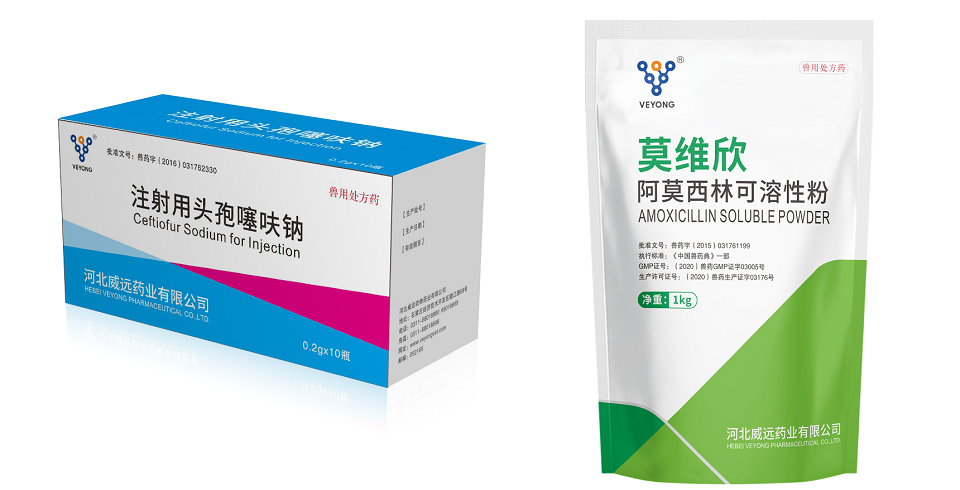
2. Aminoglycosides
(1) The price trend of streptomycin sulfate is strong, with a certain increase. The manufacturer’s preparations involved are mainly 1 million units or 2 million units of injection powder injections. In addition, the price of packaging bottles is also rising, and manufacturers are more likely to increase the price of this type of product.
(2) The raw materials of kanamycin sulfate and neomycin sulfate rose in the first place, and spectinomycin hydrochloride also rose; apramycin sulfate rose slightly, while the price of gentamicin sulfate was relatively stable. The manufacturer’s preparations involved are: 10% kanamycin sulfate soluble powder, 10% kanamycin sulfate injection, 6.5% and 32.5% neomycin sulfate soluble powder, 20% apramycin sulfate injection, 40% and 50% apramycin sulfate soluble powder, 16.5% apramycin sulfate premix, the prices of the above formulations may be increased by more than 5%.
3. Tetracyclines and Chloramphenicols
(1) Doxycycline hydrochloride has the largest increase, and the raw material market quotation has exceeded 720 yuan/kg. The raw material prices of oxytetracycline, oxytetracycline hydrochloride, and chlortetracycline hydrochloride have also risen by more than 8%. Related preparations of veterinary drug manufacturers: such as 10% and 50% doxycycline hydrochloride soluble powder, 20% doxycycline hydrochloride suspension, 10% and 20% oxytetracycline injection, 10% oxytetracycline hydrochloride soluble powder The prices of other products may increase by more than 5%. Certain tablet products will also see a certain price increase.
(2) Florfenicol is a conventional pharmaceutical ingredient in livestock and poultry production. In September, the price of florfenicol suddenly soared due to the sudden increase in the price of intermediates. The number one hot ingredient. It is precisely because of this that veterinary drug manufacturers have not only raised their ex-factory prices by more than 15%, and even some manufacturers have been forced to suspend production of related preparations due to sharp increases in raw materials or shortages of raw materials. The products involved include: 10%, 20%, 30% florfenicol powder, florfenicol soluble powder, and injection with the same content. All of the above preparations will have a substantial price increase.
4. Macrolides
The prices of raw materials such as tivancin tartrate, tilmicosin, tilmicosin phosphate, tylosin tartrate, tiamulin fumarate, and erythromycin thiocyanate have all increased to varying degrees, with an increase of 5%~10 %about. Involved products such as 10%, 50% tylosin tartrate or tylosin tartrate soluble powder, as well as several other ingredient-related preparations, are likely to have a price increase of 5% to 10%.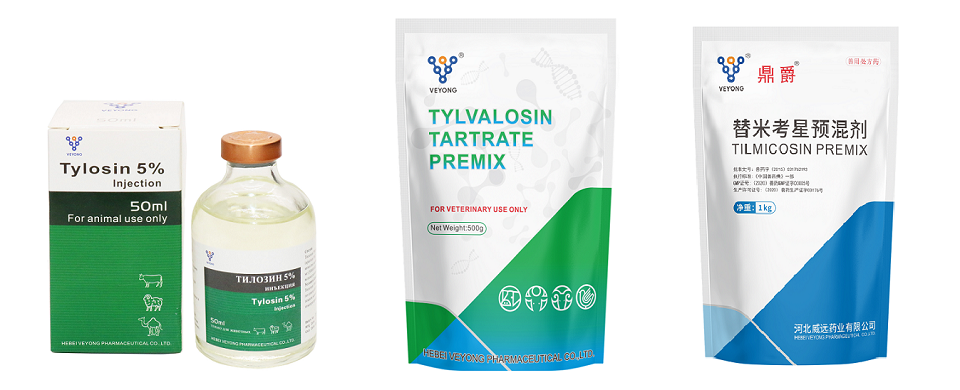
5. Quinolones
The price of raw materials such as enrofloxacin, enrofloxacin hydrochloride, ciprofloxacin lactate, ciprofloxacin hydrochloride, and sarafloxacin hydrochloride has increased by 16% to 20%. These are all conventional anti-bacterial and anti-inflammatory ingredients. There are a large number of preparation products, which have a greater impact on the cost of medication in the aquaculture industry. For example: 10% enrofloxacin hydrochloride, ciprofloxacin hydrochloride, sarafloxacin hydrochloride soluble powder, and solution preparations of the same content, the ex-factory price generally rises by more than 15%. 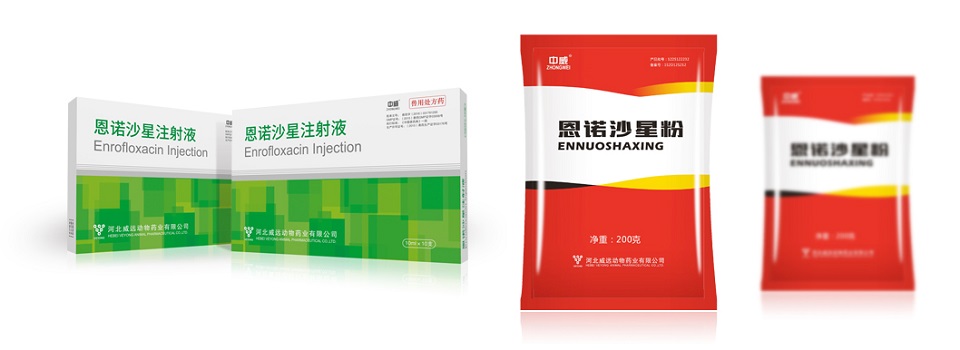
6. Sulfonamides
Sulfadiazine sodium, sulfadimethoxine sodium, sulfachlordazine sodium, sulfaquinoxaline sodium, and synergists ditrimethoprim, trimethoprim, trimethoprim lactate, etc., all rose and exceeded 5% or more. Involved products such as soluble powders and suspensions (solutions) with 10% and 30% content of the above ingredients and national standard synergistic compound preparations may continue to have price increases.
7. Parasites
The raw materials of diclazuril, totrazuril, praziquantel, and levamisole hydrochloride have increased to varying degrees, among which the raw materials of totrazuril and levamisole hydrochloride have increased by more than 5%. The content of the product preparations involved in the above ingredients is slightly low, and there is little room for increase. It is expected that most veterinary drug manufacturers will not adjust the ex-factory prices of related preparations. The supply of raw materials for albendazole, ivermectin and abamectin is sufficient, and the price is relatively stable, and there will be no upward adjustment for the time being.
8. Disinfectants
Since the outbreak of the new crown, iodine, glutaraldehyde, benzalkonium bromide, quaternary ammonium salts, chlorine-containing products (such as sodium hypochlorite, dichloro or sodium trichloroisocyanurate), phenol, etc., have soared across the board. In particular, the price of caustic soda (sodium hydroxide) has more than tripled in just six months this year. In the fourth quarter of this year, due to the strengthening of new crown prevention and control, dual energy consumption control, environmental supervision, international currency inflation, and the general rise of raw materials, these types of conventional disinfection ingredients will once again usher in a full rise, especially those containing chlorine and iodine. Preparations, such as povidone iodine solution, double quaternary ammonium salt complex iodine solution, sodium dichloride or trichloroisocyanurate powder, etc. rose by more than 35%, and they are still rising, and there are shortages of some raw materials. Even organic acids and various surfactants with a certain antibacterial effect have also seen a significant increase. The price of plastic packaging has also increased by more than 30%, resulting in an increase in the price of finished products.
9. Antipyretic and analgesic
The price of Analgin increased by more than 15% year-on-year, and the price of acetaminophen increased by more than 40% year-on-year. Flunixin meglumine and carbopeptide calcium both rose sharply, and the price of sodium salicylate also fluctuated upwards. The products involved are mainly injection preparations with high content and wide application. In addition, the increase in packaging materials this year is also the highest in history. The ex-factory prices of these ingredients-related products will increase significantly. And the probability of a substantial correction in the short term is unlikely, so it is recommended to stock up in advance.
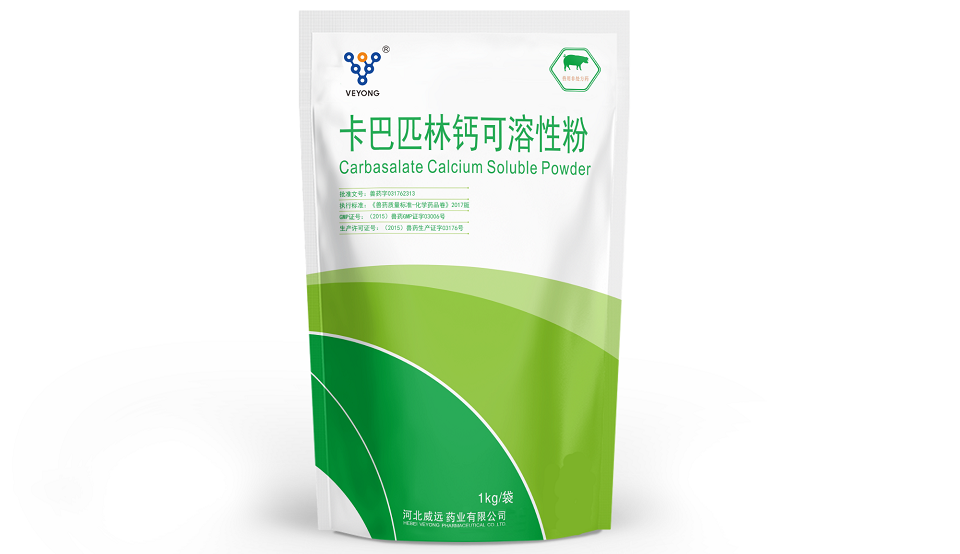 In addition to the sharp rise in the above nine categories of raw materials, in just six months, a variety of chemical raw material intermediates such as phosphoric acid rose several times, formic acid rose nearly two times, nitric acid and sulfuric acid rose by more than 50%, and sodium bicarbonate rose by more than 80%. %, the packaging carton market has an upward trend, and even PVC materials have risen by nearly 50%. As far as the current situation is concerned, the financial crisis continues to spread around the world, and many situations are unpredictable. Comprehensive analysis shows that with the staged or continuous weakness of the market demand side, the terminal digestion capacity of the aquaculture industry declines, and the demand declines while the production capacity is steadily increasing due to the benefit return. In the end, the market terminal pressure will return to the source factory side and increase in the early stage. Too fast raw materials may decline in the first and second quarters of the year, but it is not ruled out that a small part of the raw materials will continue to fluctuate at a high level due to special reasons on the production supply side and the market.
In addition to the sharp rise in the above nine categories of raw materials, in just six months, a variety of chemical raw material intermediates such as phosphoric acid rose several times, formic acid rose nearly two times, nitric acid and sulfuric acid rose by more than 50%, and sodium bicarbonate rose by more than 80%. %, the packaging carton market has an upward trend, and even PVC materials have risen by nearly 50%. As far as the current situation is concerned, the financial crisis continues to spread around the world, and many situations are unpredictable. Comprehensive analysis shows that with the staged or continuous weakness of the market demand side, the terminal digestion capacity of the aquaculture industry declines, and the demand declines while the production capacity is steadily increasing due to the benefit return. In the end, the market terminal pressure will return to the source factory side and increase in the early stage. Too fast raw materials may decline in the first and second quarters of the year, but it is not ruled out that a small part of the raw materials will continue to fluctuate at a high level due to special reasons on the production supply side and the market.
Post time: Nov-05-2021

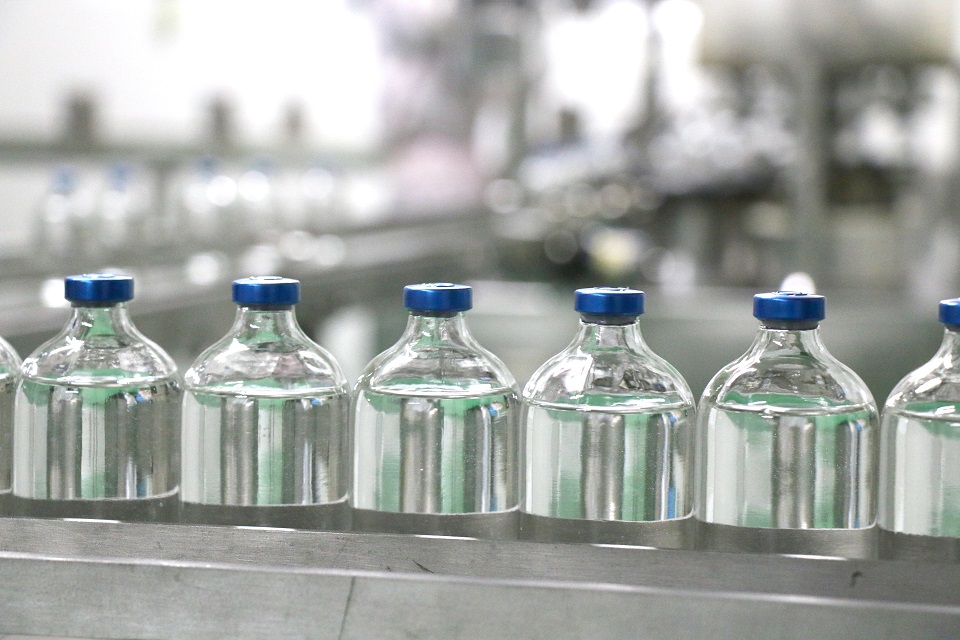
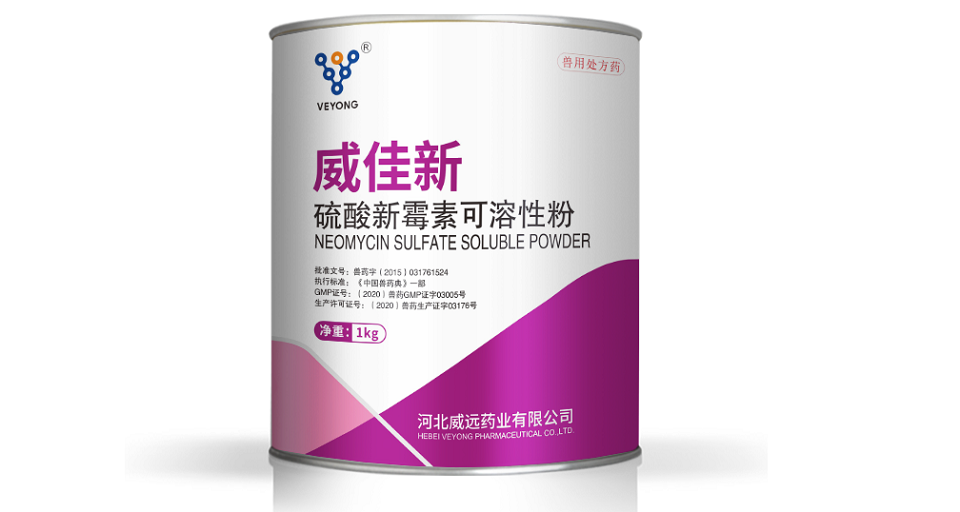
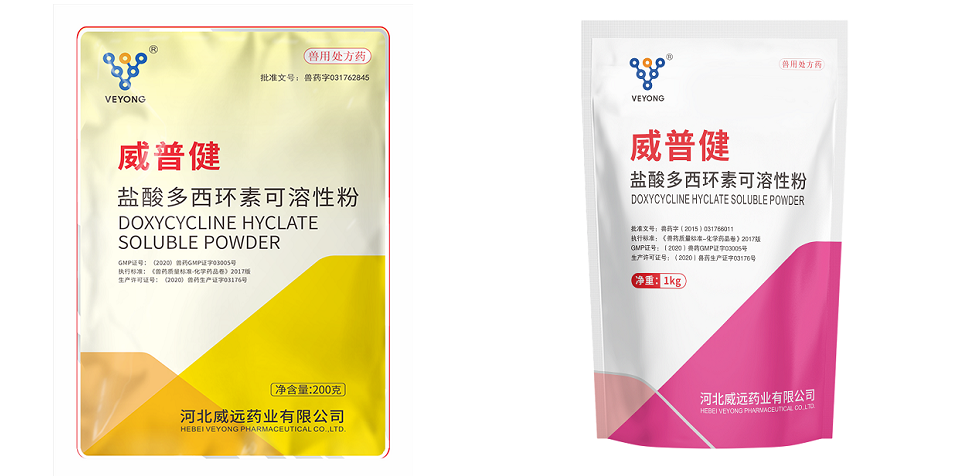
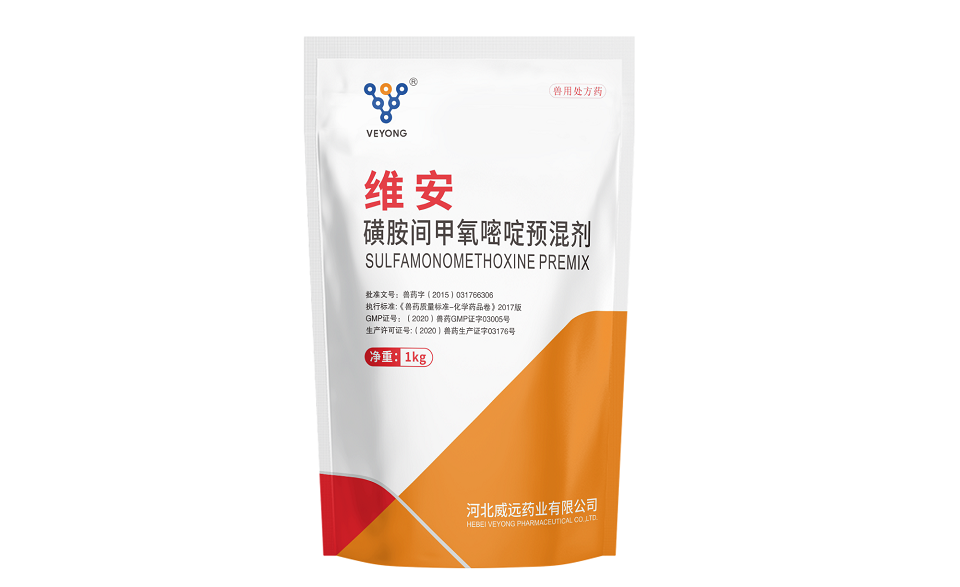
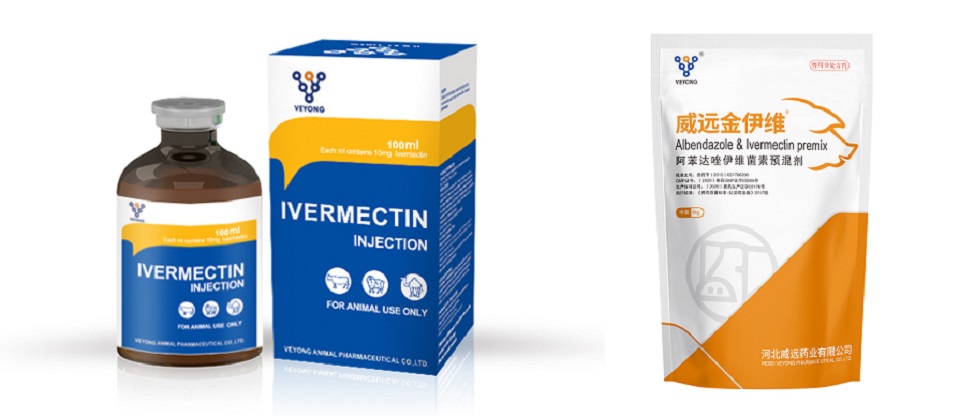
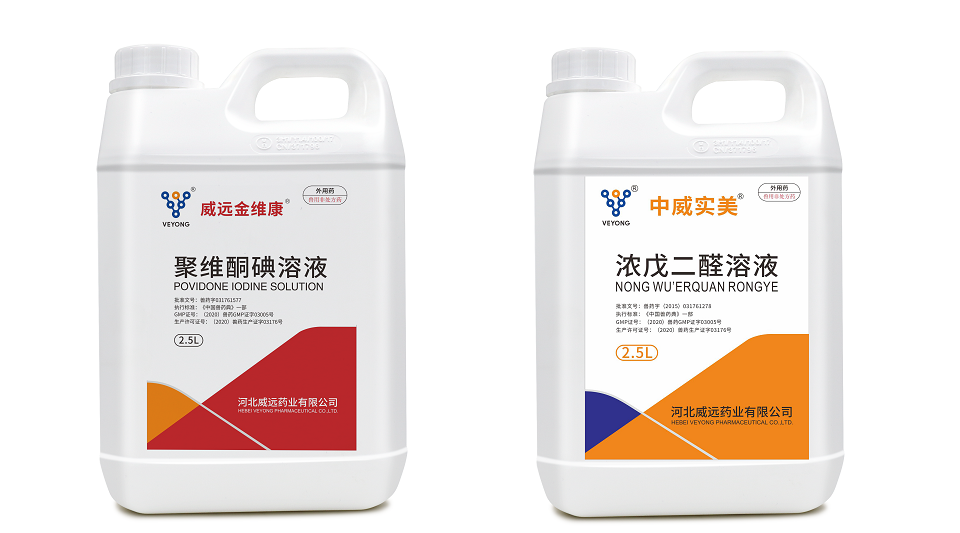
.png)
.png)
.png)
.png)